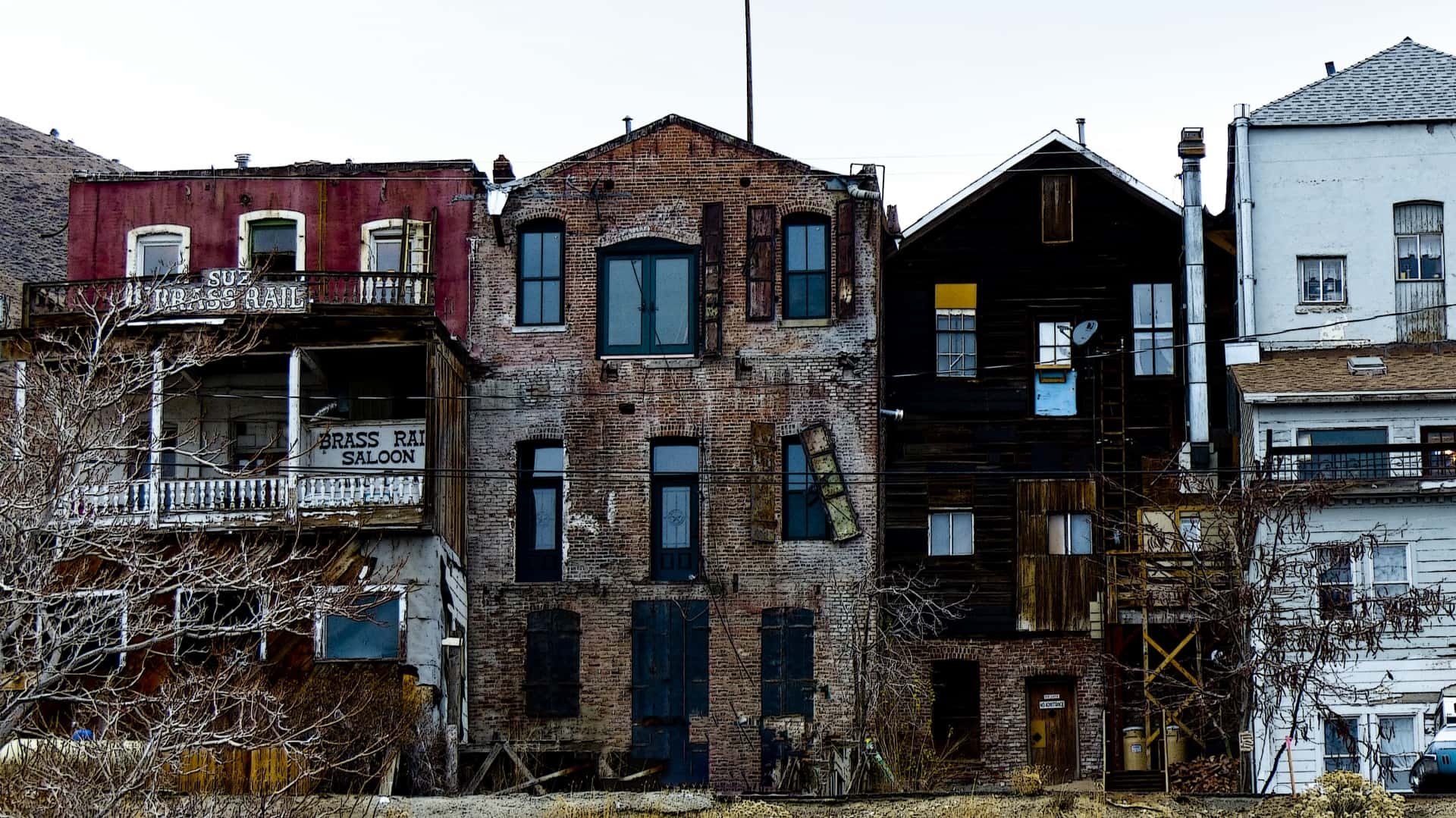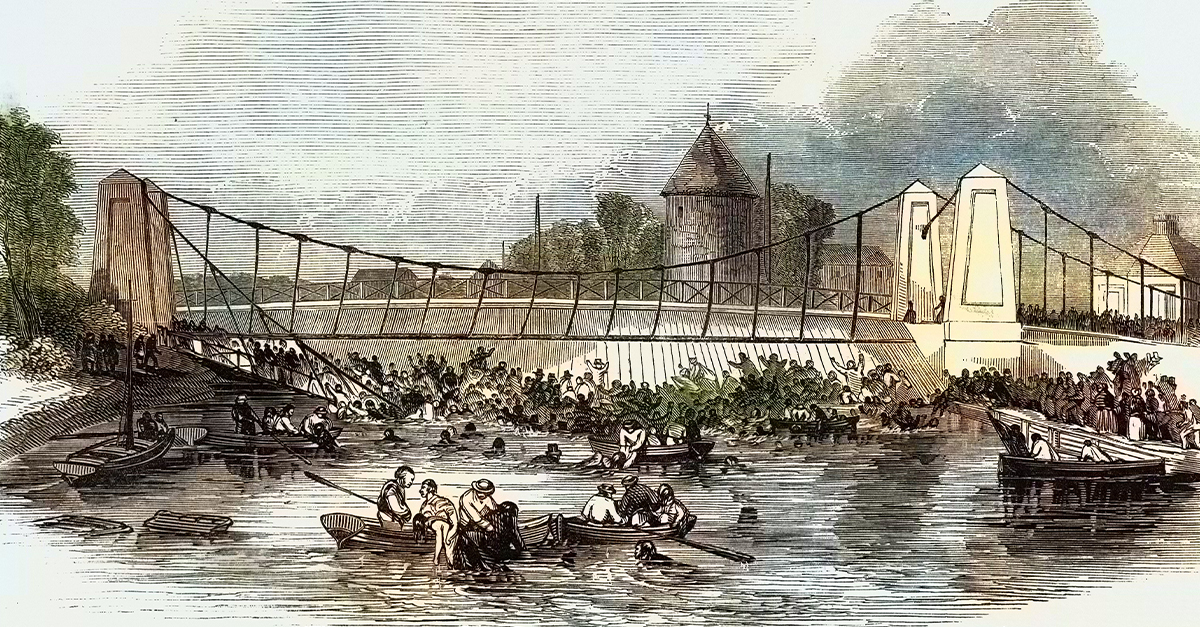Lost & Forgotten: Deserted Tourist Destinations

Welcome to a tour of places that have been left in the rearview mirror of tourism, spots that once buzzed with vibrant life and have since been shrugged off and forgotten.
From Hollywood’s glamorous playground turning into a deserted scape to an amusement park silenced by a natural disaster, these places aren’t just neglected; they can be downright hazardous and uninviting.
Unsteady structures, overgrown paths, and an air of desolation replace the cheerful, safe environments they once were.
We're exploring the eerie, the spooky, and the downright sad world of once-loved destinations left to wilt and wither away.
Quick Reminder: When visiting such sites, it is crucial to approach with respect, understanding the context, and adhering to any restrictions or guidelines in place to protect both the visitors and the often fragile environments of these haunting locales.
The Salton Sea, California, USA
Peak Popularity: 1950s and 60s
Decline: Late 20th Century Onwards
The Salton Sea, once a glamorous destination for Hollywood celebrities, slowly transformed into a neglected site.
The accidental lake created in 1905 quickly became a hotspot for vacationers and fishermen. However, increasing salinity and pollution turned its thriving shores into a wasteland, with deserted resorts and eerily abandoned properties dotting its perimeter.
The area still captivates photographers and explorers seeking decaying beauty and offers a cautionary tale about environmental neglect.
Hashima Island, Japan
Peak Popularity: Early 20th Century
Decline: 1974 Onwards
Hashima Island, also known as Gunkanjima or Battleship Island, witnessed a sharp decline after its coal mines shut down in 1974.
The once densely-populated island became a ghost town, with abandoned buildings and deserted mines serving as the only reminder of its bustling past.
In recent years, it has been partially reopened for tours, intriguing travelers with its haunting, dystopian landscape and the stories hidden within its crumbling walls.
Varosha, Cyprus
Peak Popularity: 1970s
Decline: 1974 Onwards
Before the Turkish invasion of Cyprus in 1974, Varosha was a glittering tourist destination. When conflict erupted, residents fled, and the area became a fenced-off ghost town, with empty hotels and desolate beaches.
Frozen in time, Varosha is a poignant reminder of political conflict's impact on a destination, with its deserted infrastructure gradually succumbing to nature’s reclaim.
Bokor Hill Station, Cambodia
Peak Popularity: 1920s
Decline: 1940s, and again in the 1970s
Initially a French colonial retreat, Bokor Hill Station witnessed periods of abandonment and occasional repopulation.
Today, it stands eerily silent, with the dilapidated ruins of hotels, a casino, and a church playing host to mist and mystery.
The remote area occasionally attracts travelers keen on exploring its haunting tranquility and hearing the whispers of its storied past.
Six Flags, New Orleans, USA
 Erik Jorgensen from Morrison, Wikimedia Commons
Erik Jorgensen from Morrison, Wikimedia Commons
Peak Popularity: 2000-2005
Decline: Post-2005 (Hurricane Katrina)
After Hurricane Katrina, Six Flags New Orleans became a symbol of lost amusement and lingering devastation.
The abandoned theme park, with its stationary rides and vacant walkways, speaks volumes about natural disasters' lasting impact on tourism and infrastructure.
Photographers and urban explorers often venture into its grounds, navigating a melancholy world where joy was once plentiful.
Spree Park, Germany
Peak Popularity: 1969-2001
Decline: Early 2000s Onwards
Berlin's Spree Park, a once-bustling amusement zone, has been silently rusting away since its closure in 2002.
The deserted rides, including a famous rusted Ferris wheel, stand amidst overgrown vegetation, offering a strange, silent spectacle. Its quirky decay, riddled with stories of financial woes and family drama, piques the curiosity of urban explorers and lovers of forgotten places.
Final Thoughts
Neglected tourist spots hold a certain melancholy charm and bear silent witness to the inevitable passage of time, the impacts of socio-political changes, environmental issues, and evolving tourist trends.
They remind us of the importance of sustainable development, conservation, and the fragile temporality of man-made establishments against the relentless tide of nature and history.
Exploring these sites, we traverse silent narratives of boom and bust, observing how places that once teemed with life can swiftly fall into quiet desolation.













